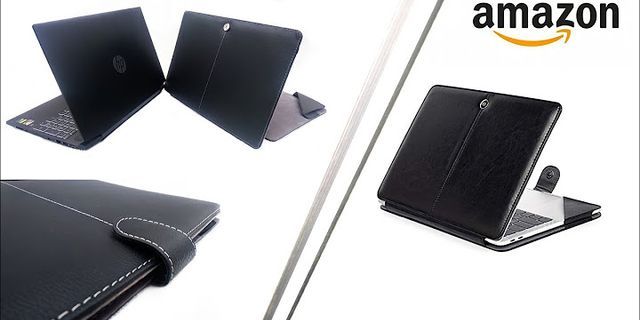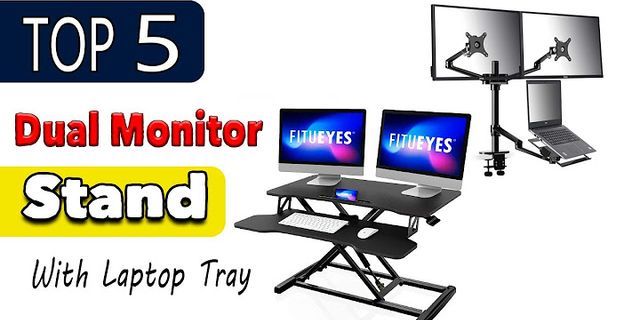 Show A question I get asked often about time management tools is, “Which is better a paper-based or electronic to-do list? “ The short answer is… it depends. It depends on the person, the situation, and the intended uses. Let’s look at both options and the benefits of each. Your Phone is Always with YouIn recent years, our phones have becomes integral parts of our lives. We carry them everywhere. They are always on our person. We sleep with them. And if we forget them, we turn around and go home to retrieve them. So, from the perspective that you must have your to-do list with you for it to be effective… this is a big plus. I doubt you are ever more than a few feet from your phone. Whether you are iPhone or Android based, there are dozens of to-do apps to help you keep track of your tasks. These apps provide many powerful features such as sorting, prioritizing, and even syncing your list across multiple devices. However, some the downsides of an app-based lists should be noted. Many of them are too complex. They ask you to fill out 57 fields and a location just to enter a to-do. (That is why I often recommend the simplest of to-do apps for those just getting started.) As well, when your phone is off, your list is out-of-sight and out-of-mind. Checking your list regularly is a good productivity habit, but it can lead to other phone-based distractions. So, how about a paper list? There are many reasons that paper-based day planners and to-do lists have been around forever. They are easy. They are straightforward. And they just work. Often, the simplest solution is the best. Everyone knows how to use a paper-based to-do list. You don’t have to “learn how to use it” like you might with a to-do app. With a paper list, it is quick and simple to add a new to-do. You can always “see” your list, you don’ have to turn on your phone or open an app. Of course, you can’t sync a paper-based list. Or search it. Or easily re-order it. What you see is what you get and that’s it. Choose Your To-do SolutionPaper or phone? The choice is yours. I recommend you go with the solution with which you are most comfortable. (Always, “Choose Tools You’ll Use.”) Weigh the features or each, and think about which one you will actually use in your day-to-day activities. A to-do app may looks like a slick time management solution with lots of “bells and whistles.” However, it won’t do you any good if you don’t understand how to use its features. A paper list is great, but you may spend much time re-writing it. Or you might leave it behind when you are out and about. Which do you choose? Share your experiences in the comments below.
See also: Setting Personal Goals To-Do lists have reportedly been around since the early twentieth century, when they were introduced as a way to improve productivity. The vast majority of people would probably admit to using them at least from time to time as a way of managing their workload and flow. Somehow, though, some people seem to use them much more efficiently than others. This page provides some advice to help improve your To-Do list writing, and ensure that your efficiency increases. Why do To-Do Lists Help?
Tricking Your Brain To-Do lists work for one main reason: We tend to worry about things that we have left uncompleted Our brains like things to be finished off and tidy, which means that we worry about things that need doing. That ought to mean that making a list of things to do makes us more worried, but it turns out that it actually tricks the brain into thinking that the task has been done. In other words, writing things down on a to-do list means that you stop worrying, and actually have time to prioritise and then complete your tasks. But this handy brain-trick is also the reason why some to-do lists don’t work: they are too long, or too hard, to complete, and we start worrying again. You need to be able to tick items off your to-do list or you will start to worry again. Fortunately, there are some simple ways in which you can write to-do lists that help you to achieve more. These include: 1. Have more than one listIf you are the kind of person that cannot remember things if they are not written down, then it is worth having two (or more) lists:
Both of these are To-Do lists, of a sort, but with different purposes. The first is a reminder of everything that needs doing at some stage. It is helpful if you can read everything on it at once, so keeping it to one page of a notebook or on screen is good. The second is a way of prioritising and focusing your attention, so that you do the things that matter most when you have most energy. The things from the first list—if they are important enough—should eventually make it onto the second list. If they turn out not to be important enough, then you can delete them. 2. Keep your daily or weekly lists manageableSome people suggest that your daily list should contain no more than three items. Three to five is probably the optimum, because you are likely to be able to achieve that more often than not, but some people say aim for just one, and then anything more is a bonus. Of course that does not mean that you cannot do more, if you have time. You can just look back at either your weekly list, or your ongoing list, and choose another task. It is, however, helpful to keep your ambitions manageable. Too long a list can cause anxiety and even task paralysis, as you fret about whether you will have time to complete all your tasks, and how many things are left to do. It is better to have a shorter list, and a feeling of accomplishment when it is complete. 3.Break tasks down into smaller steps, and be as precise as possibleOne of the biggest problems with to-do lists is not being able to tick things off, because even when you do something, the task is still not finished. This leads to a sense of frustration, because you keep adding things to your list, but never ticking them off. Research also shows that vague tasks make us more likely to procrastinate. It is therefore important to be as precise as possible, and break tasks down into smaller steps, especially in your daily or weekly list. You should also focus on the things that you need to do, rather than where someone else is currently responsible. For example, instead of saying “Sort tax return”, break it down further. Start with “Gather together information needed for tax return”, then move on to “Check online access”, “Complete all personal information on tax return form”, and/or “Send information to accountant”. Because these are easier to manage, you are more likely to do them.
Keeping the overall end-point in mind It is, of course, important to make sure that the overall target, for example, of submitting your tax return, does not get lost. You can get round that by making sure that you write the next step on your overall list as you tick each previous step off. 4. Keep your list up to dateOne of the most important tasks each day or week is to think about what you need to do in the next period. Taking time to plan, and particularly to review your overall list and make sure that you move jobs from there to your daily or weekly list as they become urgent, means that you will not forget to do anything on the overall list. The time you take to do this need not be more than about five minutes each day, if that. You should also check your overall list and remove anything that you realise that you have no intention of doing. This might be because you no longer want to do it, or because the time is past. Make your list work for youPerhaps the most important thing to remember is that your list should work for you, not the other way round. It is a tool, not your master. The best way to learn to write a to-do list, in practice, is to try things out, and find out what works for you. |





















